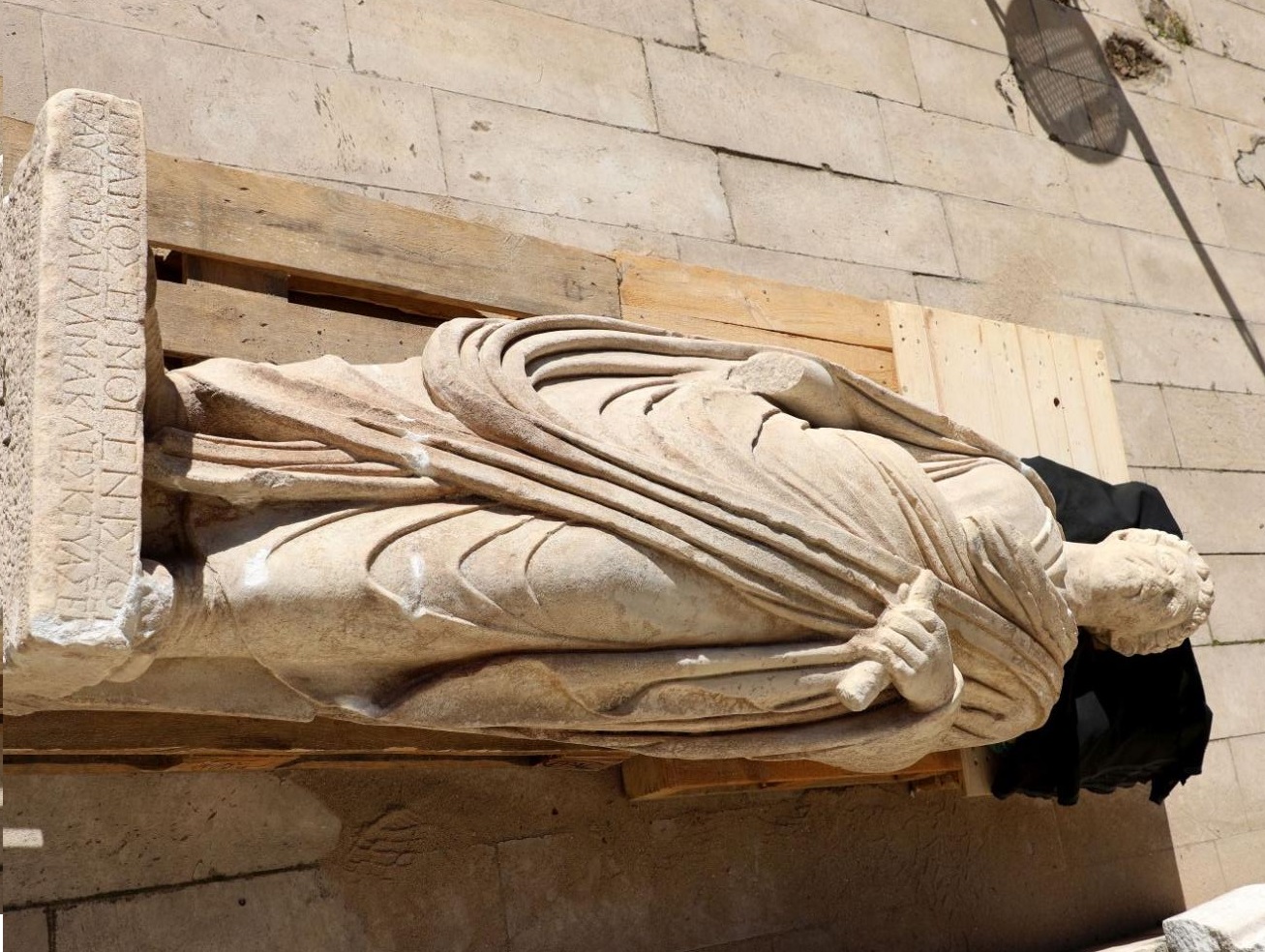Archaeologists excavating in Varna have discovered a Roman statue from the 2nd to 3rd centuries AD.
During antiquity, Varna was an ancient Greek colony known as Odessos, situated on the Bulgarian Black Sea Coast in the Gulf of Varna. Odessos was founded in the 6th century BC by Miletian Greeks on the site of a previous Thracian settlement.
Around AD 15, the city was annexed by the Romans and incorporated into the Roman province of Moesia (later Moesia Inferior), becoming a prominent Roman centre renowned for its public baths (thermae).
Odessos continued to thrive into the Byzantine period, referred to as the “holiest city,” (sacratissima civitas) in 6th-century imperial documents for the abundance of basilicas and a monophysite monastery.

Recent construction works outside the former city walls have led to the discovery of an almost intact marble statue. The construction workers immediately notified the Regional History Museum who despatched a team from RIM – Varna.
According to the archaeologists, the statue dates from the 2nd to 3rd centuries AD and is a larger than life depiction of a high-status Roman dressed in a toga, the most characteristic Roman dress.
Based on the facial features, the individual is a middle aged man shown carrying a scroll in the left hand. Statues with a similar stance and style belong to the togate type of statues, a tradition of sculpture making first started during the Augustan Era.
The statue, which stands on a marble pedestal is extremely well preserved, with only minor damage to the face and the right hand. Inscribed on the front of the pedestal is an inscription with the name of G(ai) Marius Hermogenes, possibly an official or high ranking member of society in Odessos.
Header Image Credit : BTA
Sources : Archaeologia Bulgarica





